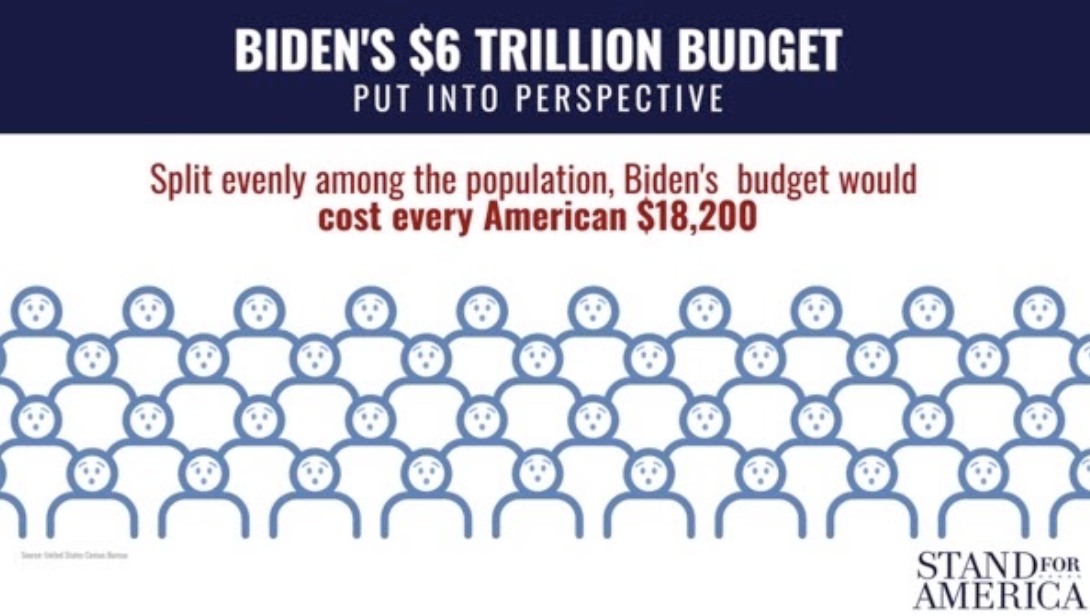
| President Biden heralded America’s post-pandemic growth this week and the buoyancy of the job market. “Folks, that’s no accident,” he told the crowd: “That’s Bidenomics in action.” According to him and some of his advisors, it is characterized by relief measures, and strengthening the social safety net (funded by tax increases on higher-income individuals and corporations), increasing the national minimum wage, expanding worker training, narrowing income inequality, expanding access to affordable healthcare; and forgiveness of student loan debt. This is achieved with a fast-expanding national debt. |
What is Bidenomics and How Will it Affect the Economy and Families?
According to the White House, the president’s plan would increase spending in certain sectors of the economy but would still reduce the deficit.
Since late June, President Joe Biden has described his economic policy as an alternative to “trickle-down economics.” His priorities focus on “building the economy from the middle out and the bottom up,” he said in a July 7 speech in South Carolina.
The term “trickle-down economics,” which is usually used as a pejorative, refers to policies that seek to encourage job growth by easing regulations and taxes on  businesses. Although Biden’s economic plan employs grants and subsidies in an attempt to facilitate job growth, it would also raise taxes on the wealthy and corporations to fund these programs.
businesses. Although Biden’s economic plan employs grants and subsidies in an attempt to facilitate job growth, it would also raise taxes on the wealthy and corporations to fund these programs.
“When you build from the middle out and the bottom up, everybody does well,” Biden said in his South Carolina speech. “The wealthy still do very well. But [with] that trickle-down economy, not a whole lot dropped to my dad’s kitchen table growing up.”
The White House has highlighted a few main elements of “Bidenomics.” These include higher taxes on the wealthy, more spending on education and job training programs, investments to promote manufacturing, and green energy and infrastructure investments.
How Will We Pay For It?
According to the White House, the president’s plan would increase spending in certain sectors of the economy but would still reduce the deficit. This would be done by collecting more tax revenue from wealthy people and corporations.
“We can make smart investments in the American people while reducing the deficit by ensuring the wealthy and large corporations pay their fair share in taxes, closing wasteful tax loopholes, and slashing wasteful spending on special interests,” a White House statement said.
Biden included several tax hikes in his 2023 budget proposal, which have received pushback from Republican leadership.
Some of these policies include raising the corporate tax rate from 21% to 28% and raising the income tax rate from 37% to 39.6% for single filers who make more than $400,000 in a year and for joint filers who make more than $450,000 per year. His proposal also includes raising the stock buyback tax, expanding the net investment income tax, and stricter rules on estate taxes, among other tax increases.
The Tax Foundation estimates that the budget proposal would have a net deficit reduction of $2.5 trillion but would have a 1.3% reduction in the GDP in the long run, reduce wages by 1%, and cost the country about 335,000 jobs.